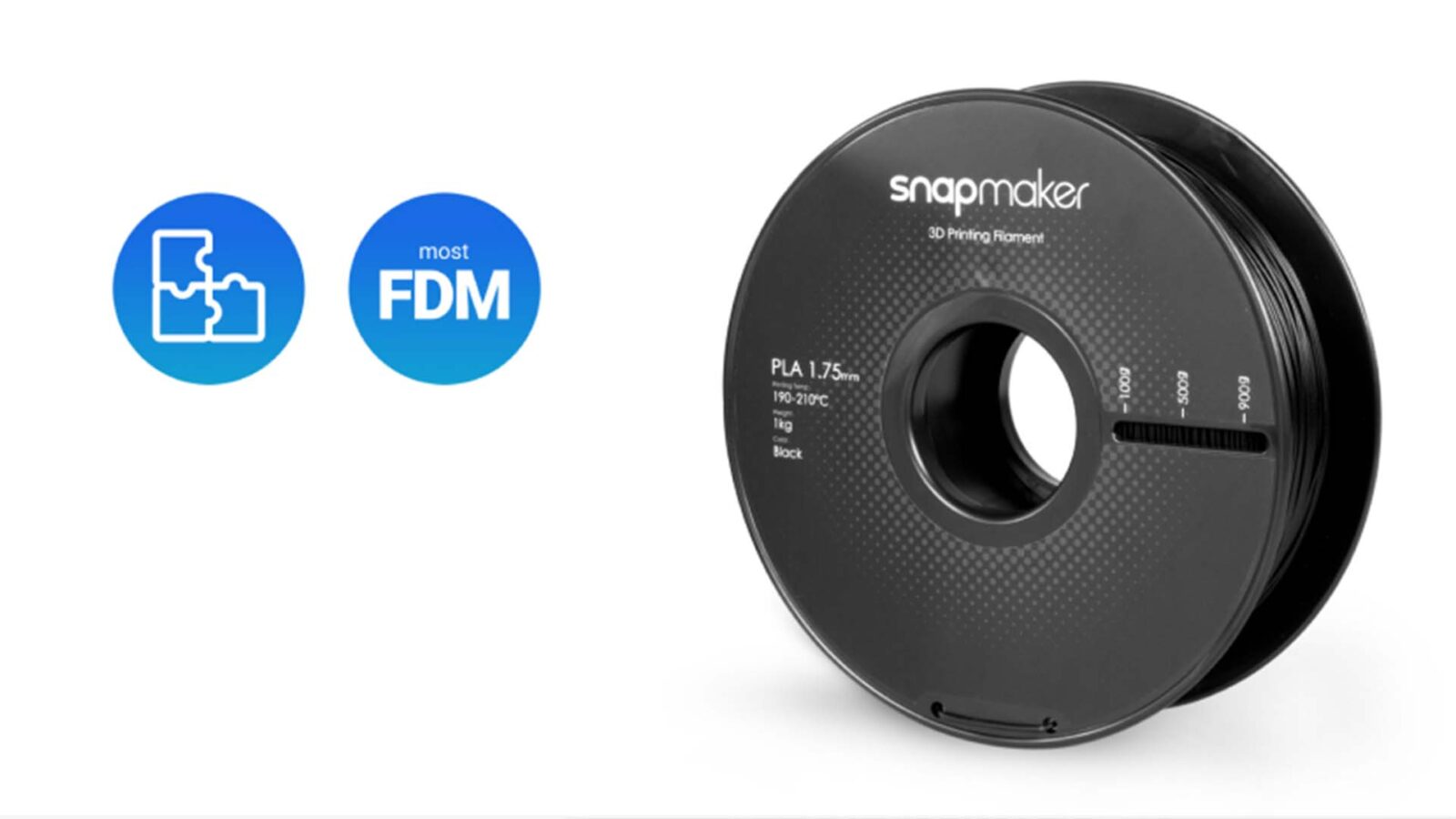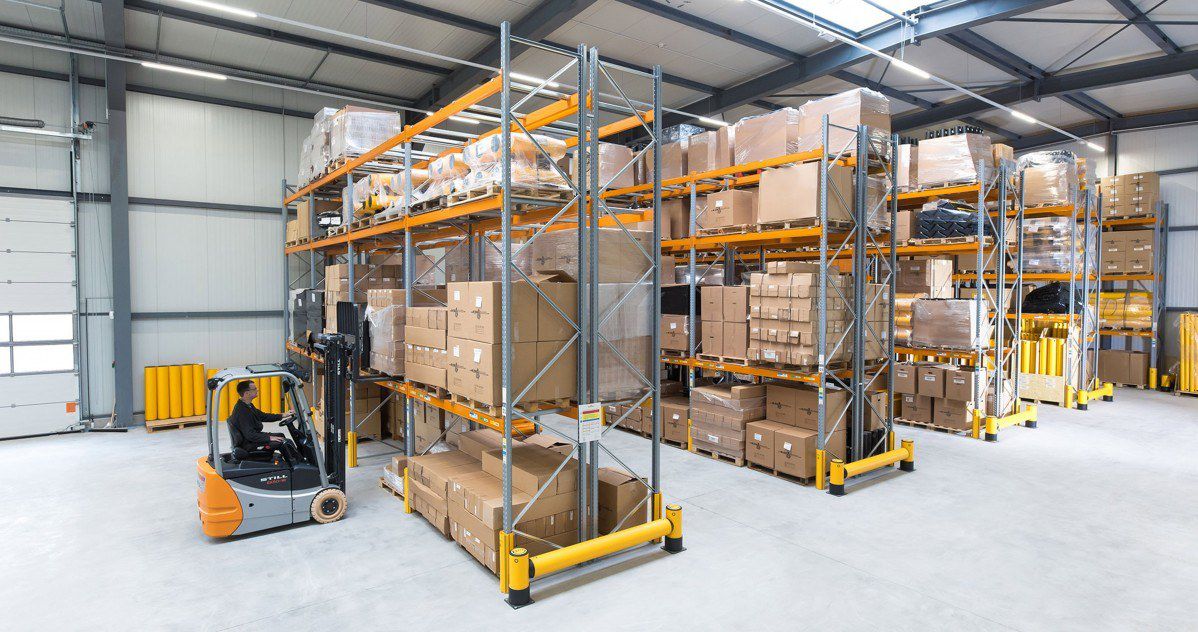Stepping into the world of 3D printing is an exciting adventure, filled with the promise of bringing your digital creations into tangible form. But before you can witness the magic unfold, you’re faced with a crucial first step: choosing the right 3D printer filament. Walk into any online 3D printing store, and you’ll be met with a dizzying array of options – PLA, ABS, PETG, TPU, Nylon, and many more, each boasting a unique set of properties and applications. For a beginner, this overwhelming selection can feel more like a hurdle than a helpful resource.
Instead of getting lost in technical jargon, we’ll walk through a simple decision-making process, focusing on the key questions you need to ask yourself before you load that spool of filament. By understanding your project requirements, you can confidently navigate the world of 3D printer filaments and set yourself up for printing success from the very start.
Asking the Right Questions: A Filament Selection Roadmap
The best way to choose the right 3D printing filament isn’t to memorize a long list of material properties, but rather to thoroughly consider the intended purpose of your printed object. Let’s explore the critical questions that will guide you towards the perfect filament choice:
1. What is the Primary Function of Your Printed Object? Decorative or Functional?
This is the most fundamental question. Is your creation meant to be primarily decorative, like a figurine or a vase? Or is it intended to be functional, like a bracket, a gear, or a tool?
- Decorative Items: If aesthetics are paramount and the object won’t be subjected to significant stress or wear, you have more flexibility. PLA (Polylactic Acid) is often an excellent choice here. It’s known for its ease of printing, smooth surface finish, and wide range of vibrant colors, perfect for visually appealing prints.
- Functional Parts: For items that need to withstand stress, force, or perform a specific task, you need to consider durability and strength. This might lead you to explore stronger filaments like PETG (Polyethylene Terephthalate Glycol-modified), ABS (Acrylonitrile Butadiene Styrene), or even Nylon (Polyamide), depending on the specific demands.
2. Does Your Print Need to Withstand Stress or Force? Strength Requirements.
If your project falls into the functional category, how much strength does it actually need? Will it bear weight, withstand impacts, or be subjected to repeated stress?
- Low Strength Requirements: For simple functional parts that aren’t under heavy load, PLA can still be surprisingly capable, especially for indoor use. PETG also offers a good step up in strength and durability over PLA.
- Moderate Strength Requirements: For parts needing more robustness, PETG excels. It offers a good balance of strength, flexibility, and ease of printing, making it a versatile choice for many functional prints. ABS is also a strong contender, known for its toughness and impact resistance, though it is slightly more challenging to print.
- High Strength and Durability: For demanding applications requiring exceptional strength, wear resistance, or impact resistance, you should consider engineering-grade filaments like Nylon or Polycarbonate (PC). These filaments are significantly stronger than PLA, PETG, and ABS, but they also come with a higher printing difficulty level.
3. Does Your Print Need to be Flexible or Bendable? Flexibility Requirements.
Will your printed part need to bend, flex, or compress? For instance, are you printing a phone case, a gasket, or a hinge?
- Flexibility Needed: If flexibility is a key requirement, then TPU (Thermoplastic Polyurethane) or other flexible filaments like TPE (Thermoplastic Elastomer) are your go-to materials. These filaments are rubber-like and allow you to create parts that are bendable, stretchable, and impact-absorbing.
4. Will Your Print be Used Outdoors or Exposed to Sunlight/Heat? Environmental Factors.
Where will your printed object be used? Will it be indoors, outdoors, or in a specific environment?
- Indoor Use, Minimal Heat Exposure: PLA is generally suitable for most indoor applications where heat exposure is limited.
- Outdoor Use or Moderate Heat Exposure: PLA is not recommended for prolonged outdoor use as it can degrade in sunlight and soften in higher temperatures. PETG offers better UV resistance and higher heat resistance than PLA, making it a better choice for outdoor items or parts exposed to moderate heat. ABS also has decent heat resistance, but can be more prone to warping in fluctuating outdoor temperatures.
- High Heat Exposure: For parts that will be exposed to high temperatures, such as under the hood of a car or near a heat source, you’ll need to consider filaments with higher heat resistance like ABS, Nylon, or Polycarbonate. Polycarbonate offers the highest heat resistance among common filaments.
5. Does Your Print Need to be Food-Safe? Food Safety Considerations.
If you’re printing containers for food or utensils that will come into contact with food, food safety is paramount.
- Food-Safe Options (with caveats): Certain grades of PLA and PETG are considered food-safe. However, it’s crucial to choose filaments specifically labeled as food-safe and to understand the limitations. 3D printed parts are generally not dishwasher-safe and can harbor bacteria due to their layer lines. Always prioritize food safety and research specific filament certifications before printing food-contact items.
6. What is the Desired Appearance? Aesthetic Requirements.
Do you need a smooth, detailed finish? Are you looking for specific colors or even special effects?
- High Detail and Smooth Finish: PLA excels at printing intricate details and generally produces a smooth surface finish straight off the printer.
- Color Options: PLA boasts the widest range of colors and special effect filaments (glow-in-the-dark, glitter, wood-filled, etc.). PETG and ABS also come in a good range of colors, but typically fewer specialty options.
- Surface Finish for Post-Processing: ABS is soluble in acetone, which allows for chemical smoothing to achieve a very smooth, glossy surface if desired.
7. How Important is Ease of Printing? Beginner Friendliness.
Are you new to 3D printing, or are you comfortable with more complex printing processes?
- Beginner-Friendly: PLA is universally recognized as the easiest filament to print. It prints at lower temperatures, is less prone to warping, and works well on most printers, even those without heated beds. PETG is also relatively easy to print for many users.
- Moderately Challenging: ABS requires a heated bed and often an enclosure to prevent warping. It also releases fumes during printing, requiring good ventilation.
- Challenging: TPU/Flexible filaments, Nylon, and Polycarbonate are generally considered more challenging to print and often require specific printer setups, precise settings, and more experience.
8. Budget Considerations.
While functionality and suitability should be prioritized, budget can also play a role.
- Cost-Effective Options: PLA is often the most affordable 3D printer filament. ABS is generally similar in price to PLA.
- Mid-Range: PETG is typically slightly more expensive than PLA and ABS.
- Higher Cost: TPU/Flexible filaments, Nylon, and Polycarbonate are usually more expensive than PLA, ABS, and PETG, especially engineering-grade formulations.
Start Your Printing Journey with Confidence
Choosing the right 3D printer filament doesn’t need to be a daunting task. By asking yourself these key questions and considering the specific requirements of your project, you can confidently navigate the world of filament options and select the material that will best bring your creations to life. Remember to start simple, experiment, and learn as you go. The journey of 3D printing is one of continuous discovery and innovation, and choosing the right filament is the first step on that exciting path!









